Room Acoustics Study
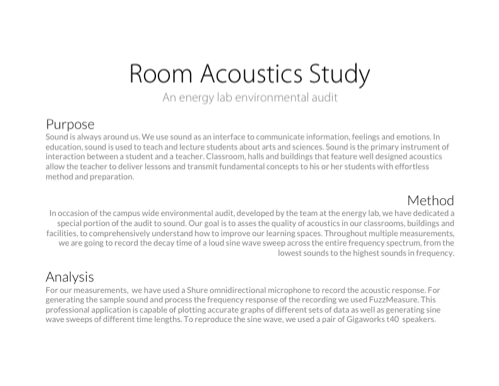
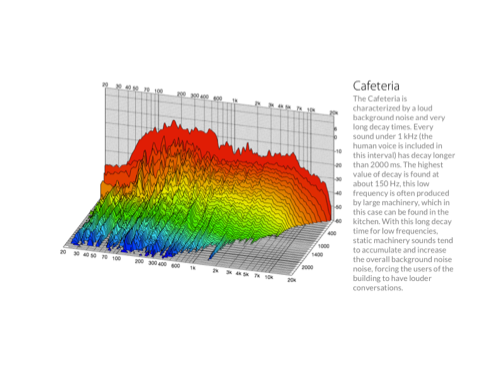
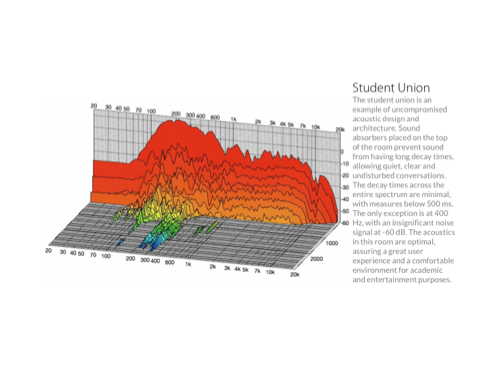

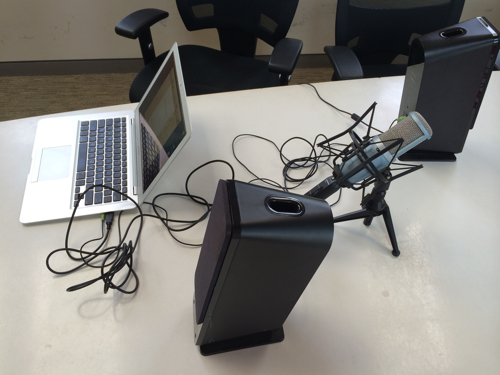
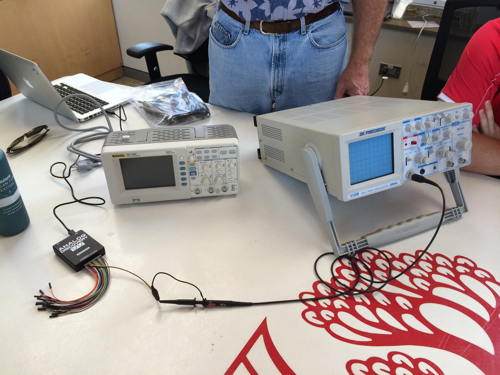
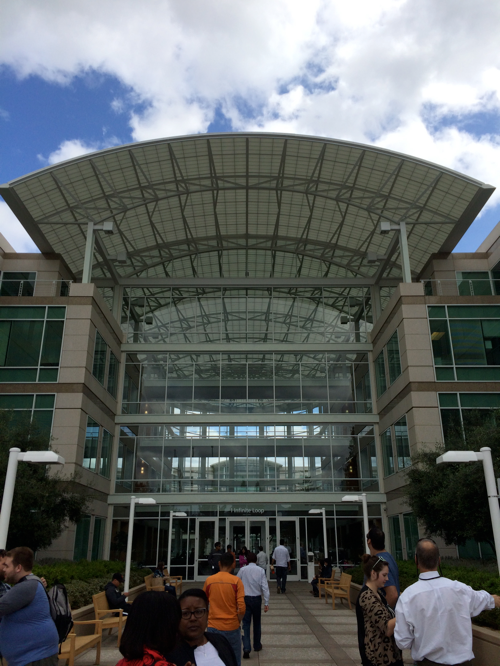

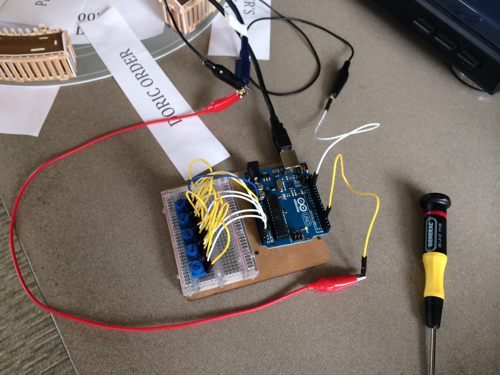


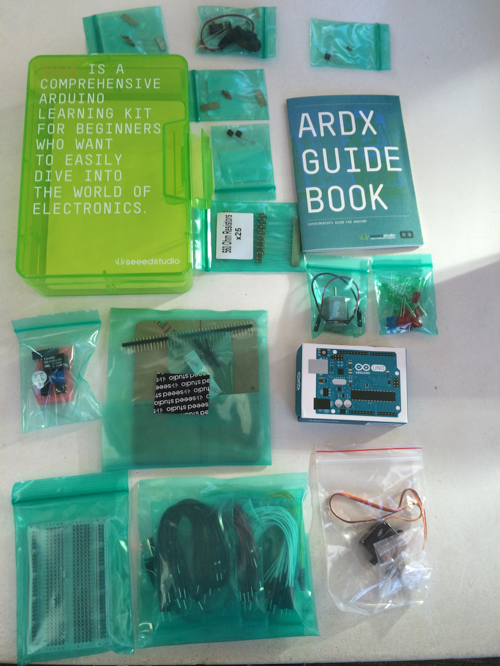


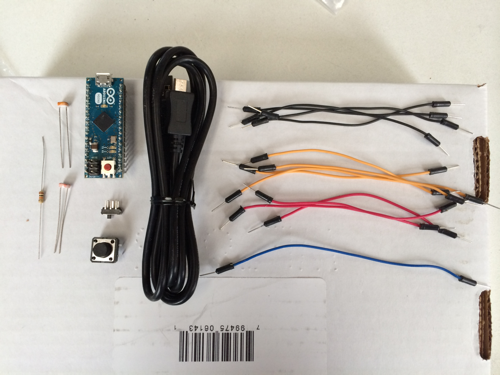
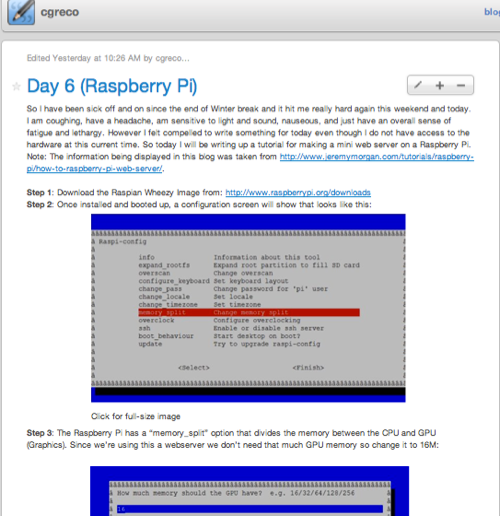


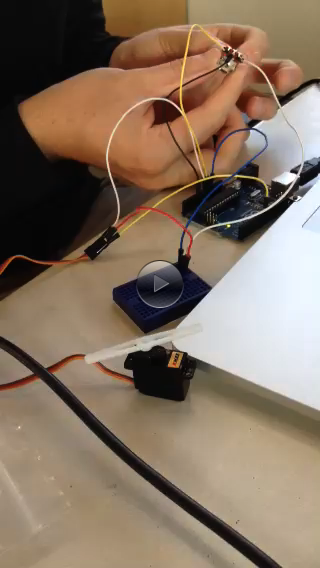
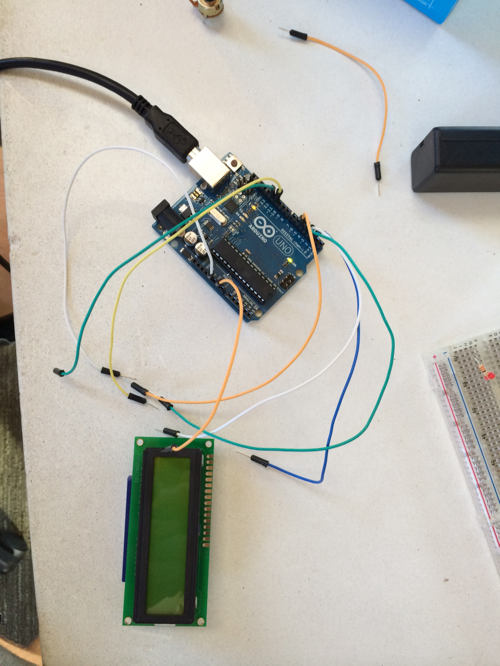
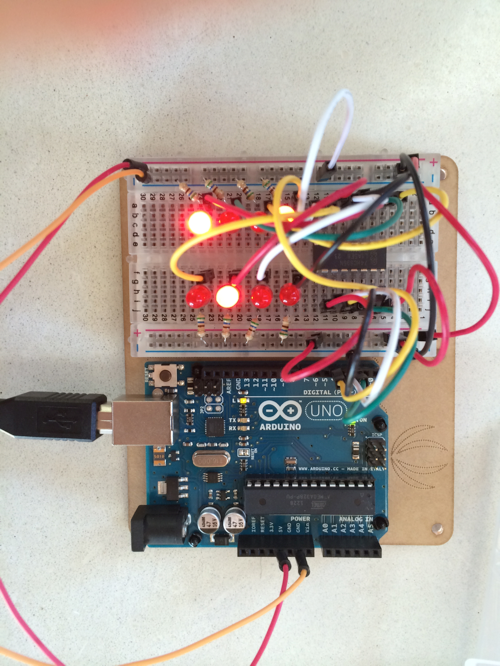
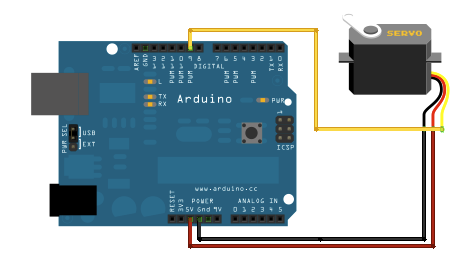 Here's the video of our system:
Here's the video of our system: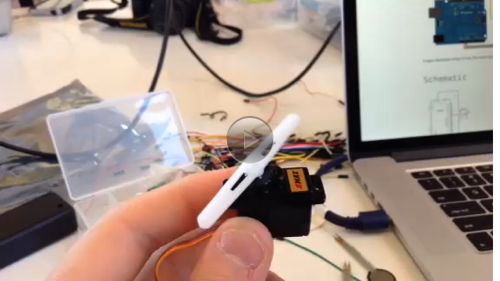
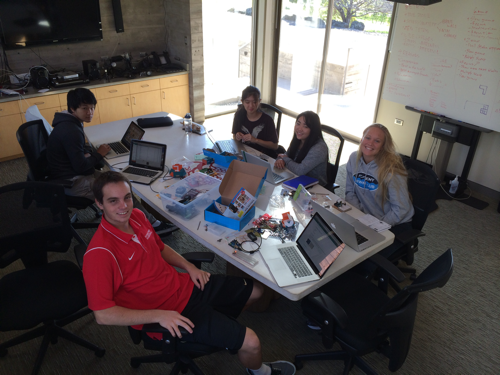 - Our Team -
- Our Team -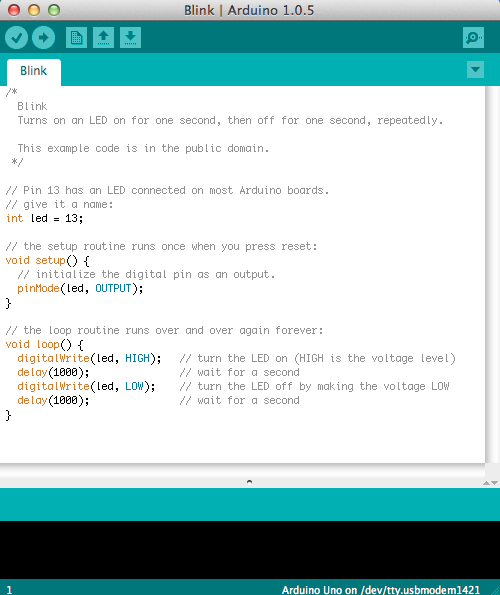 - The GUI -
- The GUI -
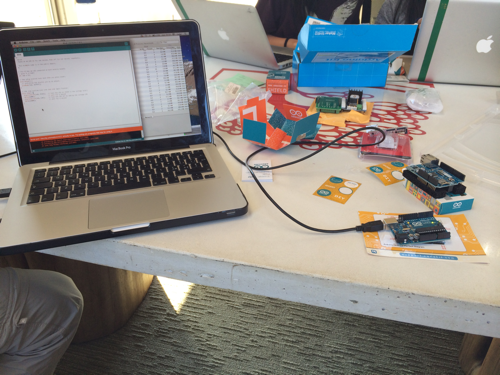

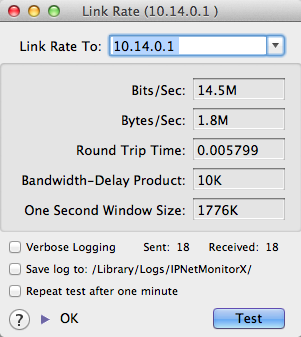
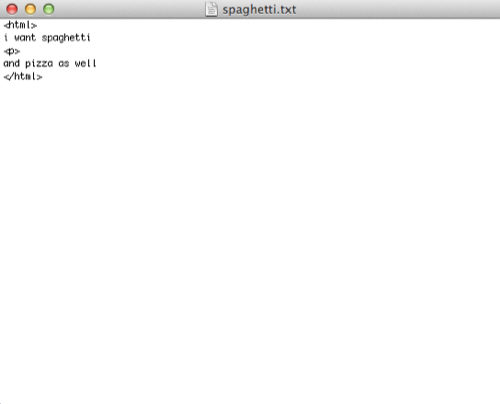


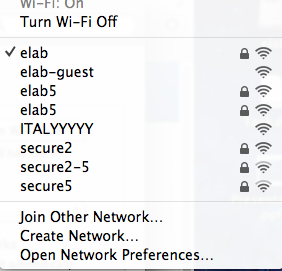



HTML
Pico
http://physics.hpa.edu/users/stinson_kenji/weblog/16941/Notes.html
Advanced Commands
SSH/Traceroute
http://physics.hpa.edu/users/chen_ivan/weblog/93f01/Command_Reference.html
IP Net Monitor
http://physics.hpa.edu/users/balbo_luigi/weblog/37953/Computer_programming_notes_119.html
OSAScript
http://physics.hpa.edu/users/bleckel_bo/weblog/91c4b/12213.html
Using a remote computer
Directory Navigation
http://physics.hpa.edu/users/balbo_luigi/weblog/9de95/Computer_programming_notes_123.html
Wired and Wireless
CAT 5 - Patch cords
http://physics.hpa.edu/users/balbo_luigi/weblog/b4b03/Computer_programming_notes_213.html
Bullet and various antennas
http://physics.hpa.edu/users/balbo_luigi/weblog/002f3/Computer_programming_notes_220.html
Hunting the antenna
http://physics.hpa.edu/users/arakawa_kazu/weblog/f4ae5/UBNT_Scan_Results.html
Energy Systems - Sensor Hunt
http://physics.hpa.edu/users/stinson_kenji/weblog/8a9d9/Energy_Lab_Sensors_.html
During this course, it's absolutely advisable to take advantage of the unique benefits of using the weblog, as it's a limitless source of knowledge and bonus grades, with a constant and efficent use of this tool, you will find yourself on the top of the game , enjoy this incredible course and entertain yourself shutting down the computers of your friends.





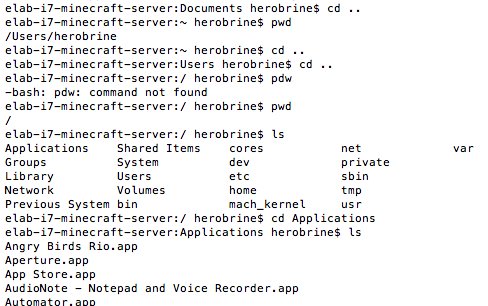

navigation commands:
cd .. go up of a folder in the system navigation.
ls shows all the folders that are located in your position.
pwd shows the folder where you are located in the navigation.
cd foldername moves immediately to the selected folder